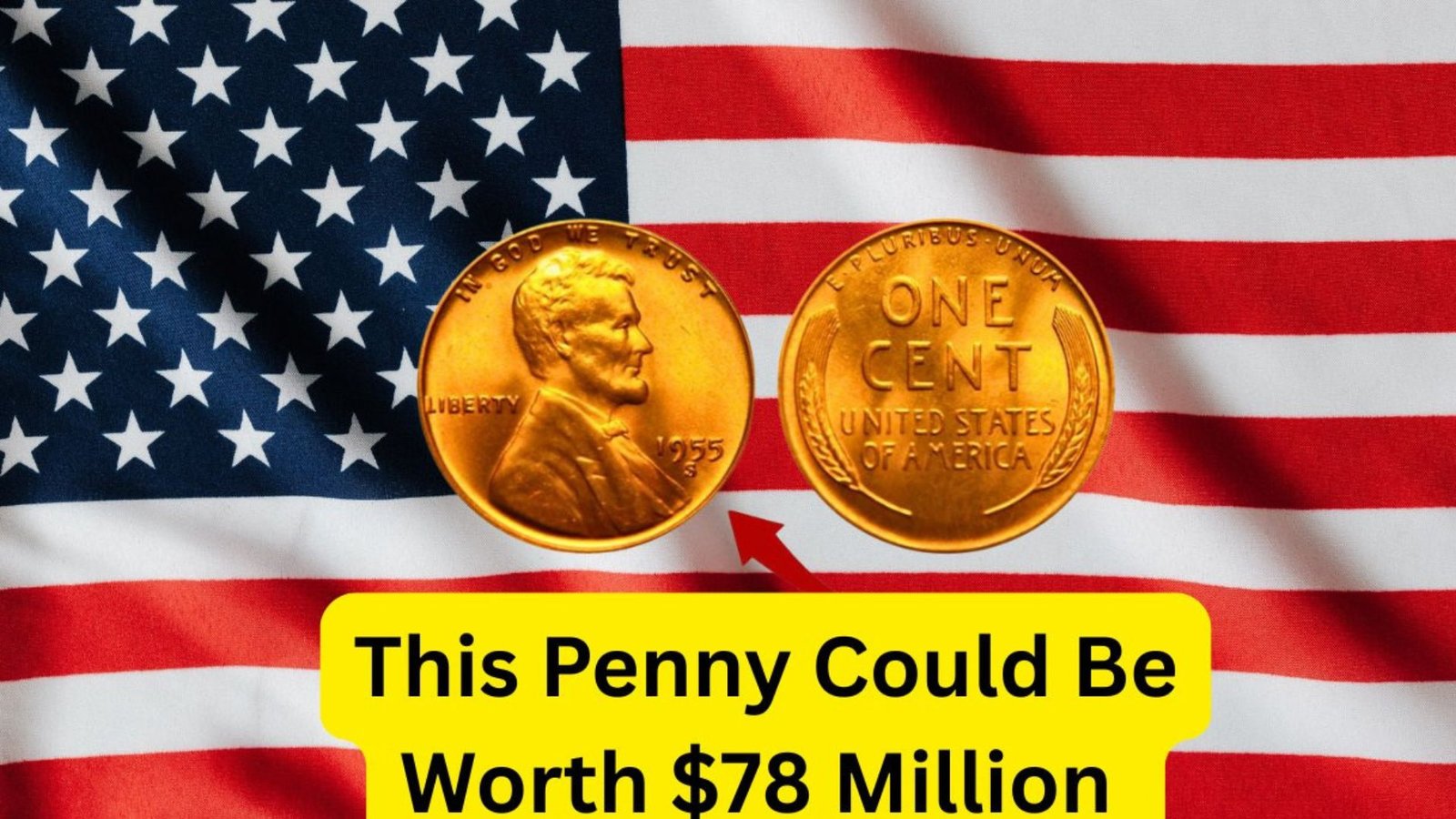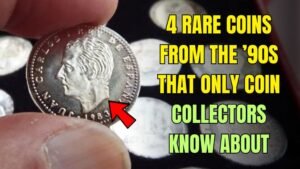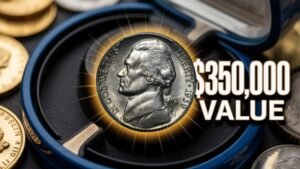Have you ever flipped through your loose change and dreamed of finding a rare coin worth a fortune? The Lincoln Wheat Penny, a classic American coin from the early 1900s, might just be that hidden treasure. Rumors swirl about a super-rare version valued at a whopping $78 million. But could it really still be out there, mixed in with everyday pennies? In this eye-opening guide, we’ll dive into the story behind this legendary coin, why it’s so valuable, and tips to spot one. Stick around—you might uncover riches in your own wallet!
What Makes the Lincoln Wheat Penny So Special?
The Lincoln Wheat Penny first rolled out in 1909 to honor Abraham Lincoln’s 100th birthday. Designed by Victor David Brenner, it features Lincoln’s face on the front and two wheat stalks on the back—hence the “Wheat” nickname. These small copper coins were made until 1958 and are common finds today.
But not all are equal. Some have tiny errors or unique traits that skyrocket their worth. The big buzz? A 1943 copper penny, when most were steel due to World War II metal shortages. If you’re holding a copper one from that year, you could be sitting on a goldmine. Experts say the rarest could fetch up to $78 million at auction, though most sell for thousands to hundreds of thousands.
Why the 1943 Copper Penny Is Worth a Fortune
During WWII, the U.S. Mint switched to steel pennies to save copper for the war effort. Only a handful of copper ones slipped through—maybe just 20 or so. These mistakes make them ultra-rare. In simple terms, it’s like finding a diamond in a pile of pebbles. Past sales show one fetched over $1 million, but hype pushes the top value estimate to $78 million for the best-preserved example.
Could This $78 Million Gem Still Be Circulating?
Yes, it’s possible! Coins like this often go unnoticed for decades. People spend them without a second glance, and they end up back in circulation. Numismatists (coin experts) believe a few undiscovered ones might still be out there. Banks, vending machines, and your grandma’s cookie jar could hold one. The key? Check your change carefully—especially if you find a 1943 penny that looks reddish-brown instead of silver-gray.
Imagine this: A lucky finder in 2010 sold a 1943 copper penny for $1.7 million after spotting it in pocket change. Stories like that keep the dream alive. But beware of fakes—many counterfeit coins try to cash in on the hype.
How to Spot a Real Lincoln Wheat Penny Treasure
Not sure what to look for? Here’s a quick checklist:
- Year: Must be 1943.
- Color: Copper or bronze shine, not steel’s dull gray.
- Weight: Copper ones weigh about 3.11 grams; steel is lighter at 2.7 grams.
- Magnet Test: Steel pennies stick to magnets; copper doesn’t.
- Condition: Shiny and unworn examples are worth the most.
If you think you’ve got one, don’t clean it—that can hurt its value. Take it to a pro appraiser from the American Numismatic Association.
The Bigger World of Rare Pennies: Beyond the 1943
The Lincoln Wheat Penny isn’t the only star. Other errors from the series can be valuable too. For example, the 1955 Double Die Obverse has a doubled image that’s easy to spot and sells for $1,000+. Or the 1909-S VDB, the first with the designer’s initials, worth up to $100,000 in top shape.
To give you a clearer picture, check out this table of top Lincoln Wheat Penny rarities:
| Coin Variety | Key Feature | Estimated Value (Top Condition) | Still in Circulation? |
|---|---|---|---|
| 1943 Copper | Bronze planchet error | Up to $78 million | Possible, very rare |
| 1944 Steel | Steel planchet error | $100,000+ | Unlikely, but check! |
| 1955 Double Die | Doubled lettering | $100,000+ | Yes, some found |
| 1909-S VDB | Designer’s initials | $150,000+ | Rare, but circulating |
| 1914-D | Low mintage | $200,000+ | Occasionally spotted |
This table highlights why penny hunting is thrilling—values range from pocket change to life-changing sums.
Discover 10 Rare Bicentennial Quarters Worth $250 Million Each—Still Circulating!
Shifting gears, if pennies aren’t your thing, hunt for quarters! The Bicentennial Quarter, minted in 1976 for America’s 200th birthday, has some jaw-dropping rarities. Most are common, but error coins could be worth $250 million each in extreme cases (think pristine, one-of-a-kind pieces). Here’s a sneak peek at 10 to watch for:
- 1976-S Silver Clad Error: Missing clad layer—up to $10,000.
- Off-Center Strike: Misaligned minting—$5,000+.
- Double Die Obverse: Doubled drum on the reverse—$20,000.
- 1976 No Mint Mark: Error without “D” or “S”—rare, $1,000+.
- Weak Strike Variety: Faint details—$500 to $2,000.
- 1976-D Filled Mint Mark: Clogged die—$3,000.
- Broadstrike Error: Extra-wide coin—$1,500+.
- Wrong Planchet: Struck on penny blank—insane $50,000+.
- Die Crack Variants: Cracked design lines—$800+.
- Proof Errors: From special sets—up to $250 million for ultra-rare.
These quarters might still zip through your daily transactions. The hype around a $250 million piece comes from auction records and collector dreams, but even modest finds pay off big.
Tips for Coin Collectors: Start Your Hunt Today
Ready to dive in? Start with free resources like the U.S. Mint website or apps like CoinSnap. Join forums on Reddit’s r/coins for tips. Remember, patience is key—most finds are fun, but one rare score changes everything.
In conclusion, the $78 million Lincoln Wheat Penny could indeed still be circulating, waiting for sharp eyes like yours. From wheat-backed classics to Bicentennial bling, America’s coins hold secrets. Grab your magnifier and check that change—who knows, your next coffee run might make you rich!




